MLCC-Multilayer chip ceramic capacitors, referred to as chip capacitors, can cause noise and howling problems.

Example of howling in the power supply circuit of a notebook computer
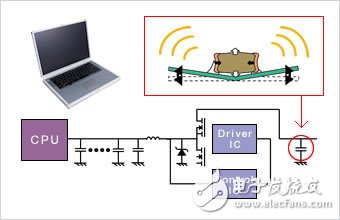
As people’s demand for electronic equipment tends to calm down, the problem of “howling†caused by capacitor vibration, which has not been paid attention to before, has been the problem of “howling†caused by capacitor vibration in the power circuit of various application equipment such as notebook computers, mobile phones, and digital cameras (DSC). Become a design issue.
The sound originates from the vibration of the object, and the sound waves with a vibration frequency of 20 Hz to 20 kHz can be recognized by the human ear.
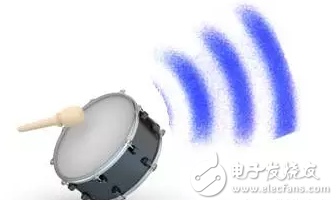
The MLCC emits a whistling sound, that is, the MLCC vibrates with a larger amplitude under the action of voltage (the microscopic is larger, less than 1nm).
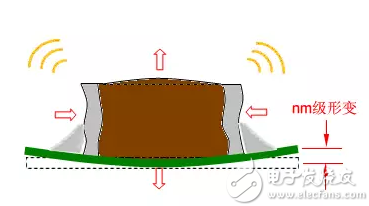
Why does MLCC vibrate?
We must first understand a natural phenomenon-electrostriction.
Under the action of an external electric field, all materials will produce stretch deformation-electrostriction.
For some ferroelectric materials with high dielectric constant, the electrostrictive effect is severe, which is called the piezoelectric effect.
Piezoelectric effect includes positive piezoelectric effect and inverse piezoelectric effect
Summary: Howling principle
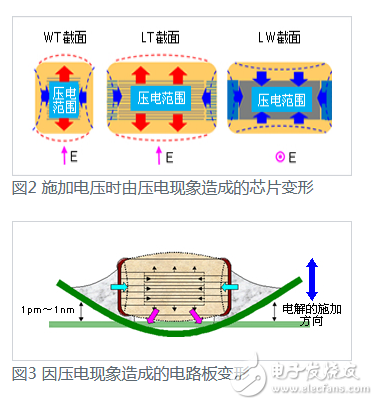
â— Chip monolithic capacitors shrink as shown in Figure 2 when AC voltage is applied due to the piezoelectric characteristics of ceramics with a strong dielectric constant.
◠As shown in Figure 3, the circuit board will vibrate toward the plane. (The amplitude of the chip and circuit board is only about 1pm~1nm)
◠When the amplitude period of the circuit board reaches the frequency band (20Hz~20kHz) that people can hear, the sound can be recognized by human ears.
Positive piezoelectric effect
When mechanical pressure is applied to the dielectric material with piezoelectric properties, the dielectric crystal will undergo structural reorganization and arrangement, and the surface of the material will induce electric charges, resulting in a potential difference.
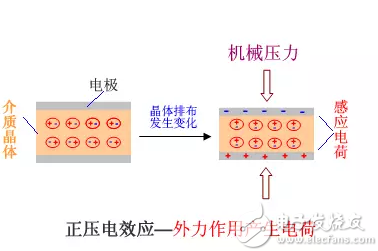
Inverse piezoelectric effect
When a voltage is applied to a dielectric material with piezoelectric properties, mechanical stress is generated and deformation occurs.
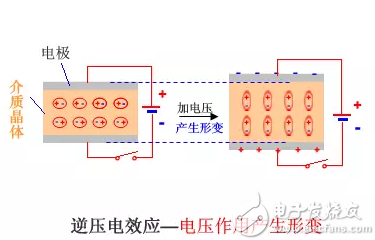
The academic definition of piezoelectric effect:
"When pressure, tension, and tangential force are applied to a crystal without a center of symmetry, dielectric polarization proportional to the stress will occur, and at the same time positive and negative charges will appear on both ends of the crystal. This phenomenon is called the positive piezoelectric effect. On the contrary, applying an electric field on the crystal to cause polarization will produce deformation or mechanical stress proportional to the intensity of the electric field. This phenomenon is called the inverse piezoelectric effect. These two positive and inverse piezoelectric effects are collectively called the piezoelectric effect. "
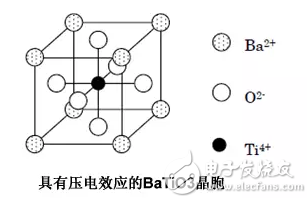
Ceramic medium is the main component of MLCC, and electrostriction is inevitable under the action of voltage. If electrostriction is strongly manifested as a piezoelectric effect, vibration will occur.
Will all MLCCs scream?
MLCC designs and manufactures ceramic dielectric materials mainly in two categories: paradielectric and ferroelectric.
Paraelectric media is also called type I media, mainly including SrZrO3, MgTiO3, etc. The electrostrictive deformation of the paradielectric medium is very small, and it is not enough to generate noise under the working voltage. Therefore, MLCC made of paradielectric (type I medium) materials, such as temperature-stable products such as NPO (COG), will not produce noise.
Ferroelectric medium is also called Type II medium, mainly BaTiO3, BaSrTiO3 and so on. Ferroelectrics have strong electrostrictive properties-piezoelectric effect. Therefore, MLCCs made of ferroelectric media (type II media), such as X7R/X5R characteristic products, will produce obvious noise under the action of greater AC electric field strength.
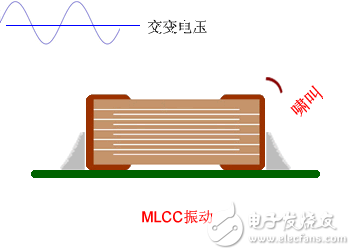
As shown above, after a large voltage change is applied to both ends of the X7R-MLCC, the BaTiO3 ceramic produces an inverse piezoelectric effect, and the MLCC deforms and vibrates and transmits it to the PCB to resonate.
When the frequency of the voltage signal is within the range of 20Hz~20kHz human hearing, you can hear the howling of the capacitor.
On which occasions are the MLCC whistling obvious?
Larger alternating voltage, frequency between 20Hz and 20kHz, using X7R/X5R type medium and high capacity MLCC, will produce obvious howling, such as switching power supply, high frequency power supply and other occasions.
The hazard of howling
Many mobile electronic devices are close to human ears, such as laptops, tablet computers, smart phones, etc. If there is audible noise in the electronic circuit, it will affect the experience of use. In addition to being annoying, the violent whistling may also have the hidden danger of insufficient reliability design. The violent howling comes from violent vibration, and the amplitude of the vibration is determined by the degree of piezoelectric effect. The piezoelectric effect is proportional to the strength of the electric field, and the applied voltage does not change. The thinner the medium, the stronger the piezoelectric effect and the louder the whistling sound.
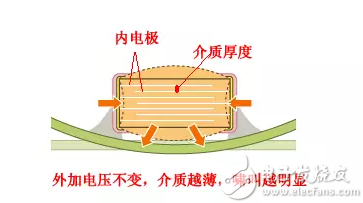
The rated voltage is determined by the material of the MLCC and the thickness of the medium. The violent whistling means that the thickness of the MLCC medium selected for the current working voltage is too thin. You should consider choosing an MLCC with a thicker medium and a higher rated voltage.
For ferroelectric ceramics, under the action of an alternating electric field, there is still the problem of ferroelectric domains alternately turning to internal friction. The alternating field is strong, the internal friction is serious, and the failure rate increases. This can be reflected in the size of the howling sound.
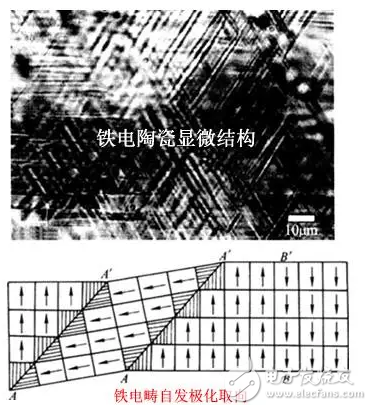
Countermeasures against howling
There are many ways to reduce the audible noise generated by MLCC capacitors, and all solutions will increase costs.
1. Changing the type of capacitor is the most direct method. Use paraelectric ceramic capacitors, tantalum capacitors, and film capacitors instead of capacitors that do not have piezoelectric effect. However, issues such as volumetric space, reliability, and cost need to be considered.
2. Adjust the circuit to eliminate the large alternating voltage applied to the MLCC or move its frequency out of the human hearing frequency band (the most sensitive audio frequency of the human ear is 1KHz~3KHz).
3. Pay attention to the PCB layout and PCB board specifications to help reduce the level of howling.
4. Use MLCC with no noise or low noise.
Design of noiseless/low noise MLCC
At present, there are three solutions designed to solve the howling phenomenon of MLCC.
(1) Thicken the bottom protective layer
Since the thickness of the protective layer has no internal electrodes, this part of the BaTiO3 ceramic will not be deformed. When the height of the solder at both ends does not exceed the thickness of the bottom protective layer, the deformation generated at this time will have less impact on the PCB and effectively reduce noise.
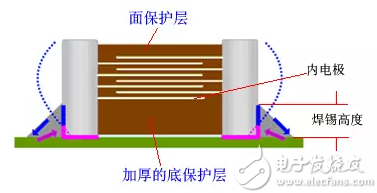
(2) Additional metal support structure
The structure diagram is as follows. It uses a metal bracket to hold the MLCC chip overhead.

The MLCC is separated from the PCB board, and the deformation caused by the inverse piezoelectric effect is elastically buffered by the metal bracket to reduce the effect on the PCB board and effectively reduce the noise.
(3) Design and manufacture using dielectric materials with weak piezoelectric effect
By further doping barium titanate (BaTiO3) to sacrifice a certain dielectric constant and temperature characteristics, a dielectric material with greatly reduced piezoelectric effect is obtained, and the MLCC made with it can effectively reduce noise.
All major MLCC manufacturers have MLCC product series with corresponding low-noise materials.
ZGARVAPE
Zgar 2021's latest electronic cigarette Aurora series uses high-tech temperature control, food grade disposable pod device and high-quality material.Compared with the old model, The smoke of the Aurora series is more delicate and the taste is more realistic ,bigger battery capacity and longer battery life. And it's smaller and more exquisite. A new design of gradient our disposable vape is impressive. We equipped with breathing lights in the vape pen and pod, you will become the most eye-catching person in the party with our atomizer device vape.
The 2021 Aurora series has upgraded the magnetic suction connection, plug and use. We also upgrade to type-C interface for charging faster. We have developed various flavors for Aurora series, Aurora E-cigarette Cartridge is loved by the majority of consumers for its gorgeous and changeable color changes, especially at night or in the dark. Up to 10 flavors provide consumers with more choices. What's more, a set of talking packaging is specially designed for it, which makes it more interesting in all kinds of scenes. Our vape pen and pod are matched with all the brands on the market. You can use other brand's vape pen with our vape pod. Aurora series, the first choice for professional users!
We offer low price, high quality Disposable E-Cigarette Vape Pen,Electronic Cigarettes Empty Vape Pen, E-cigarette Cartridge,Disposable Vape,E-cigarette Accessories,Disposable Vape Pen,Disposable Pod device,Vape Pods OEM vape pen,OEM electronic cigarette OEM e-cigarette OEM e-cig to all over the world.
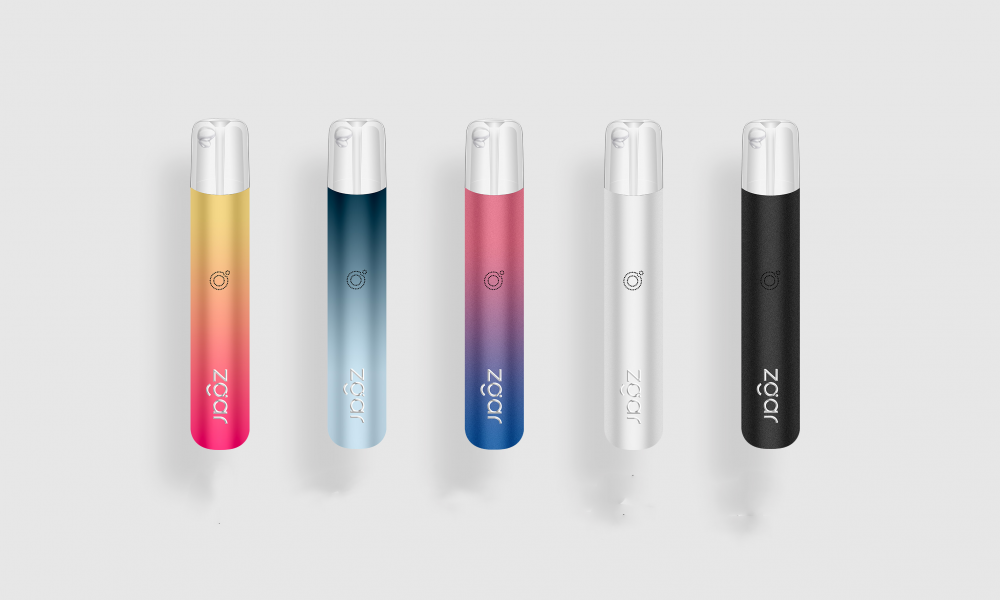
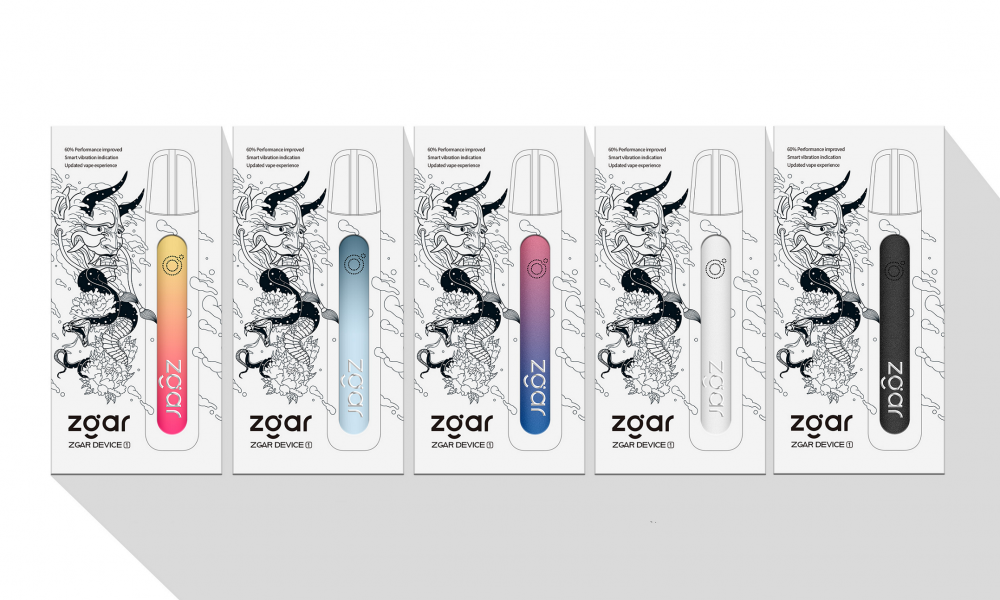
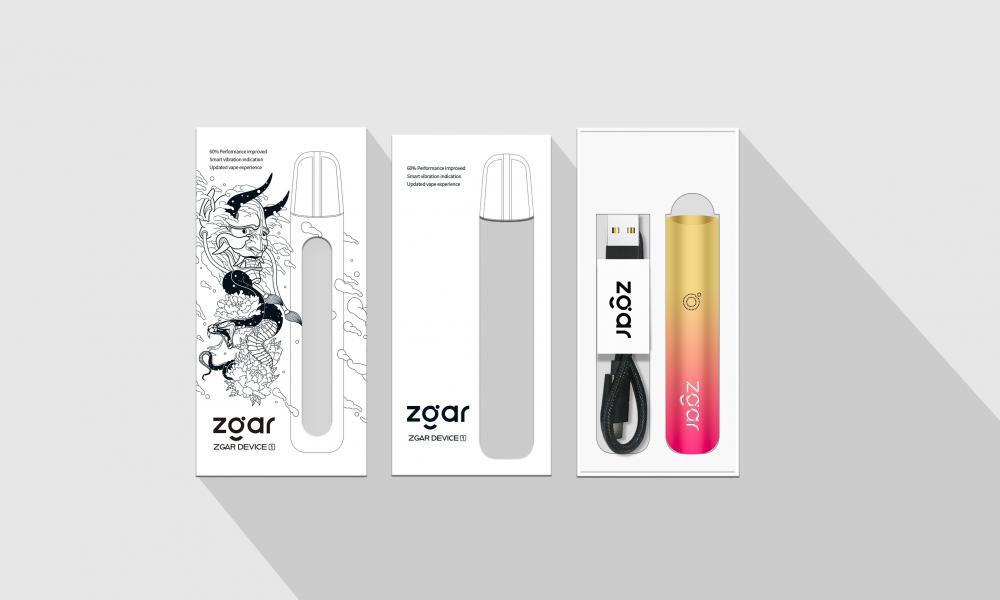
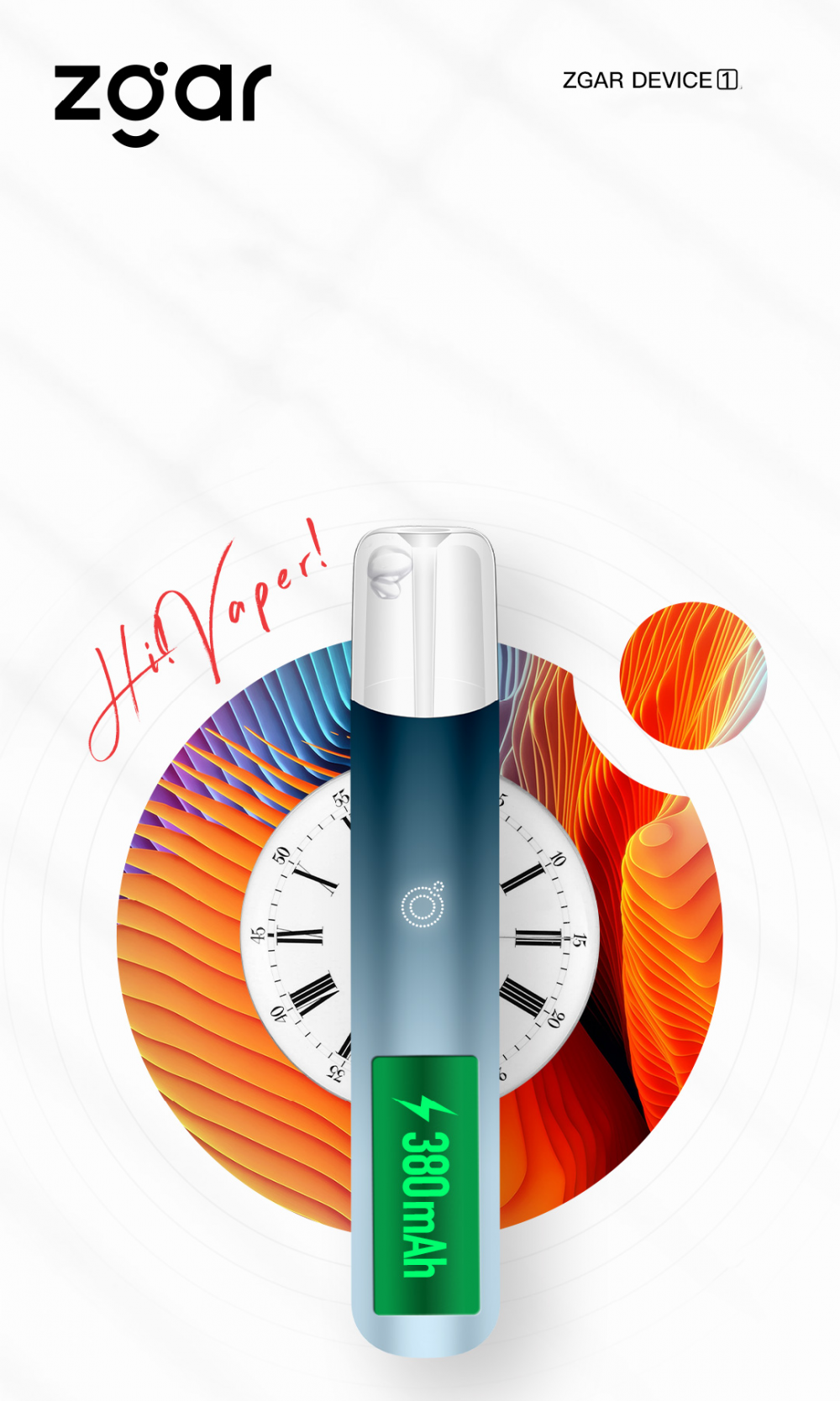

ZGAR 1.0 E-Cigarette Vape Pen,ZGAR 1.0 Disposable Device Vape,ZGAR Vape Pen Device 1.0 Atomizer,ZGAR Vape Device 1.0 Disposable E-Cigarette OEM vape pen,ZGAR Vape Device 1.0 electronic cigarette
ZGAR INTERNATIONAL(HK)CO., LIMITED , https://www.oemvape-pen.com